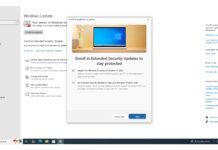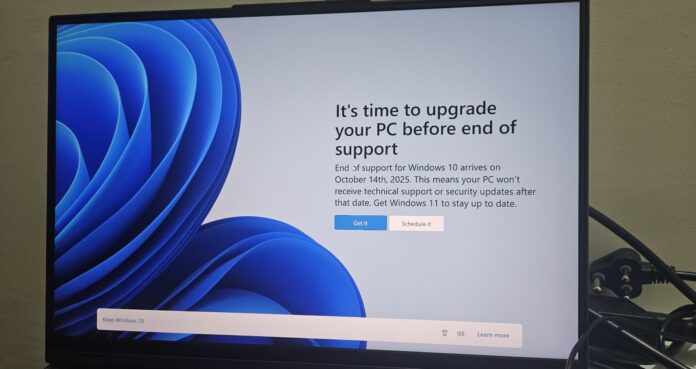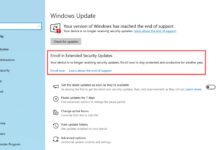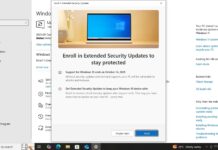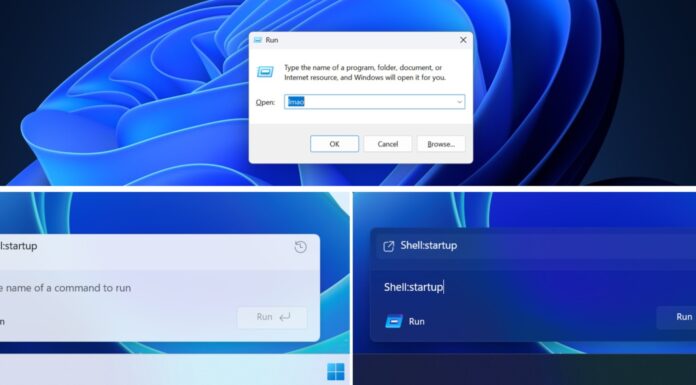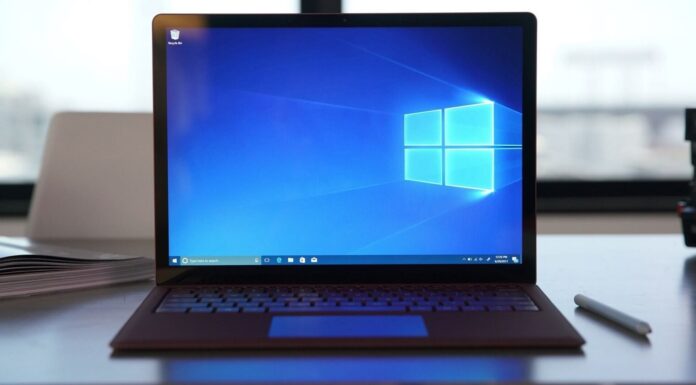Windows 10 KB5066791 is the last update if you don’t subscribe to ESU (Extended Security Updates). This month’s update for Windows 10 patches several bugs, but most of the changes are for enterprises. Consumers get nothing. The update is rolling out via Windows Update, but Microsoft has posted direct download links for KB5066791 (.msu).
I installed Windows 10 KB5066791, and there were no visible changes. If you check for updates, it’ll show up as “2025-10 Cumulative Update for Windows 10 Version 22H2 for x64-based Systems (KB5066791).” Microsoft does not warn that it’s the last update, but it does show a small nudge to sign up for Extended Security Updates.
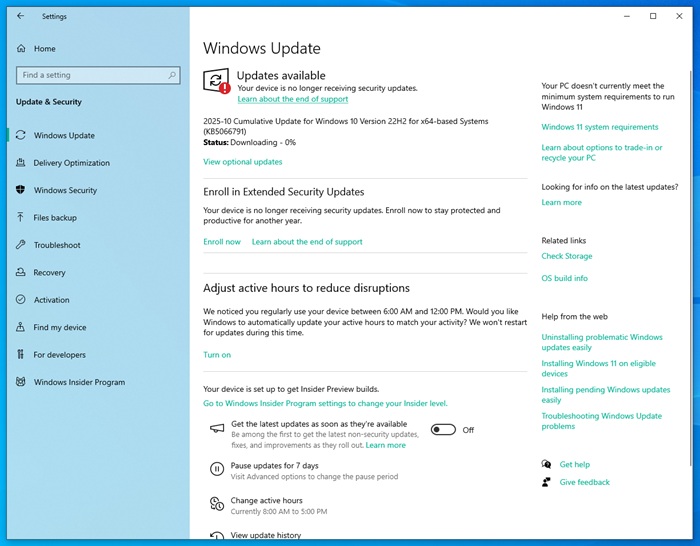
October 2025 Update advances PCs to Windows 10 Build 19045.6456. In our tests, Windows Latest found references to a couple of new full-screen nudges to stop using Windows 10 and upgrade to Windows 11. It is the most significant change I could find in the update, but remember, the new pop-ups are not rolling out yet.

Microsoft will only warn you to install Windows 11. You’ll not see nudges to try Windows 10’s Extended Security Updates, which are completely free when you use a Microsoft account. And that makes sense. Microsoft wants people to use Windows 11, not Windows 10, even with an ESU.
Download Links for Windows 10 KB5066791
Windows 10 KB5066791 Direct Download Links: 32/64-bit | Microsoft Update Catalog.
When you open Update Catalog linked above, you’ll see as many as 12 items, but most of them are not relevant to all PCs. You need to open Settings > System > About and verify the OS Edition and architecture of the CPU. In most cases, it should be 64-bit (x86), and I have highlighted it in the screen below.
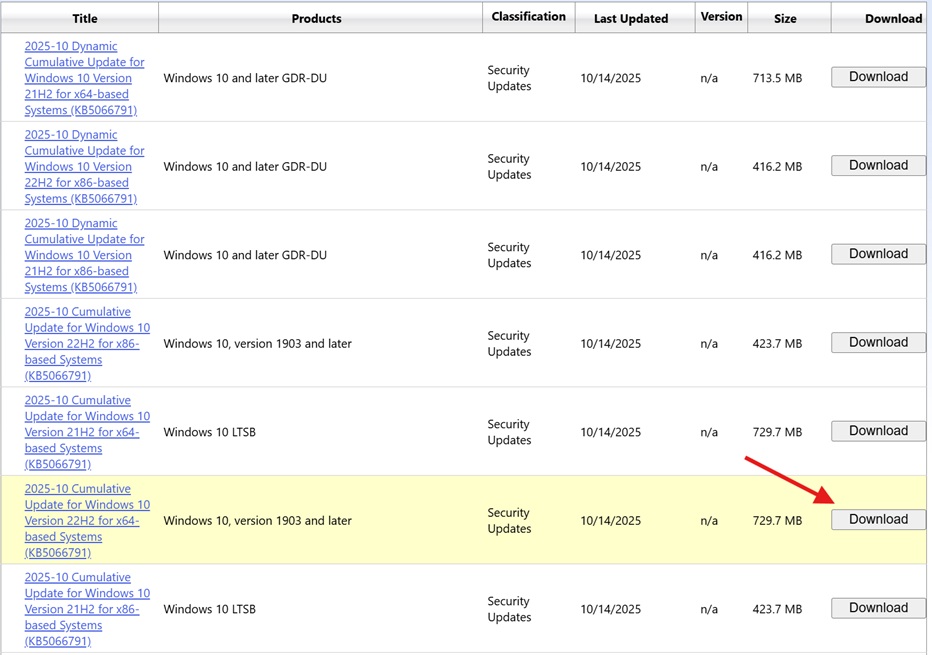
Select ‘Download’ next to the update package, click on the link, and it’ll download the .msu of Windows 10 KB5066791. Or you can head to the direct link of Update Catalog for 64-bit/22H2 version. SHA1: MhDSZAkb5e/7MlPQU5fE2u+6RMg=
What’s new and broken in Windows 10 Build 19045.6456
You’re not going to find anything new in Windows 10 Build 19045.6456 or future updates going forward, which is not exactly a bad thing.
As per the release notes, Microsoft patched an issue where the Chinese Input Method Editor (IME) would not work correctly, as some characters appear incorrectly.
Another bug that affected Windows Remote Management has now been patched. After installing Windows 10 KB5066791, Microsoft says PowerShell Remoting and WinRM will work correctly. For those unaware, PowerShell Remoting allows IT admins to run PowerShell commands on a PC remotely.
Previously, a bug in Windows Update caused a delay of 600 seconds when executing the PowerShell commands remotely. And if the delay is more than 600 seconds, the connection would time out. This has been fixed.
Here’s the full list of fixes in Windows 10 KB5066791:
- A new servicing stack update has been included. This could allow future ESUs to install faster or smoothly.
- Microsoft is removing tmdm64.sys, a legacy driver that allowed older fax modem hardware to work in Windows.
- Microsoft says Windows 10 security is now a bit better because it mandates Key Storage Provider (KSP) smart card certificates. But there’s a catch. This particular change could lead to Smart Card issues.
Microsoft says Windows 10 KB5066791 causes issues with smart cards
Smart cards aren’t used by regular consumers, but they’re often used at businesses for secure logins or signing documents. Unfortunately, Microsoft quietly confirmed that Windows 10 KB5066791 leads to smart card failure in some apps, especially older 32-bit apps.
If you’re affected and running Windows 10 Build 19045.6456, you won’t be able to use a smart card. Some apps will throw errors like “invalid provider type specified” or “CryptAcquireCertificatePrivateKey error.”
Given it’s the last update for Windows 10, it doesn’t look like it’ll get fixed unless you sign up for ESU. In fact, it doesn’t appear that Microsoft will patch the problem for anyone, as the documentation does not tell us if a fix is being deployed. Instead, Microsoft wants you to make changes to the Registry using these steps:
- Open Registry Editor.
- HKEY_LOCAL_MACHINE\SOFTWARE\Microsoft\Cryptography\Calais
- Edit the key. Inside Calais, verify if DisableCapiOverrideForRSA exists.
- If it’s there, double-click DisableCapiOverrideForRSA and change its value to 0.
- If it’s not present, create it yourself and set the value to 0.
- Reboot Windows.
- Smart Cards will work again.
Microsoft says it’s not aware of any other known issues in this release.
When is the first Windows 10 ESU update coming out?
If you sign up for Windows 10 ESU, you’ll get a security update on November 11, 2025.
For those unaware, you can sign up for ESU by selecting the “Enroll now” button on the Windows Update page, then linking your Microsoft account and turning on OneDrive sync for Settings.
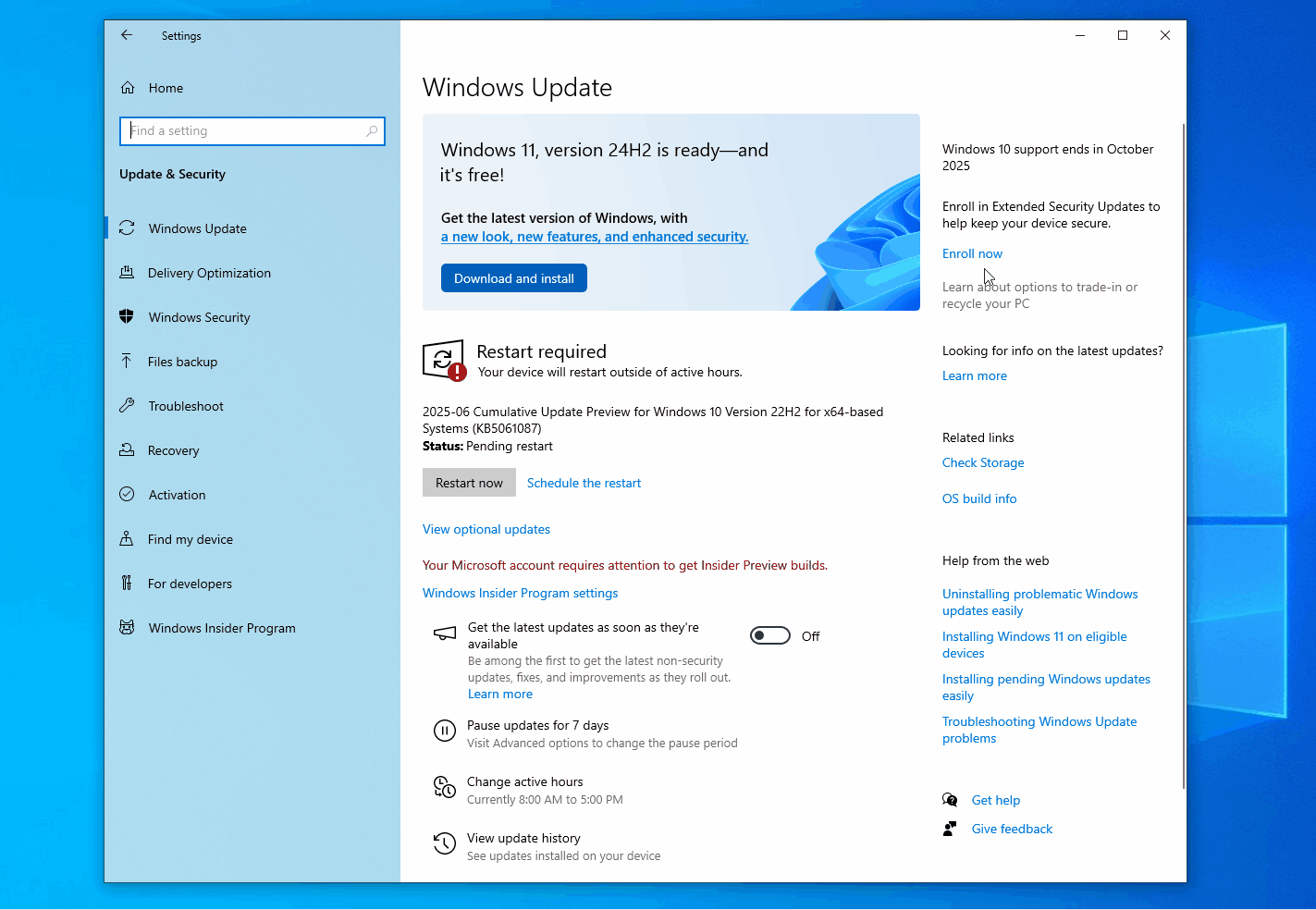
Or if you dislike the Microsoft account, you can head to the Windows Store, pay $29.99 for paid ESU, which gives extended Windows updates until October 13, 2026.








